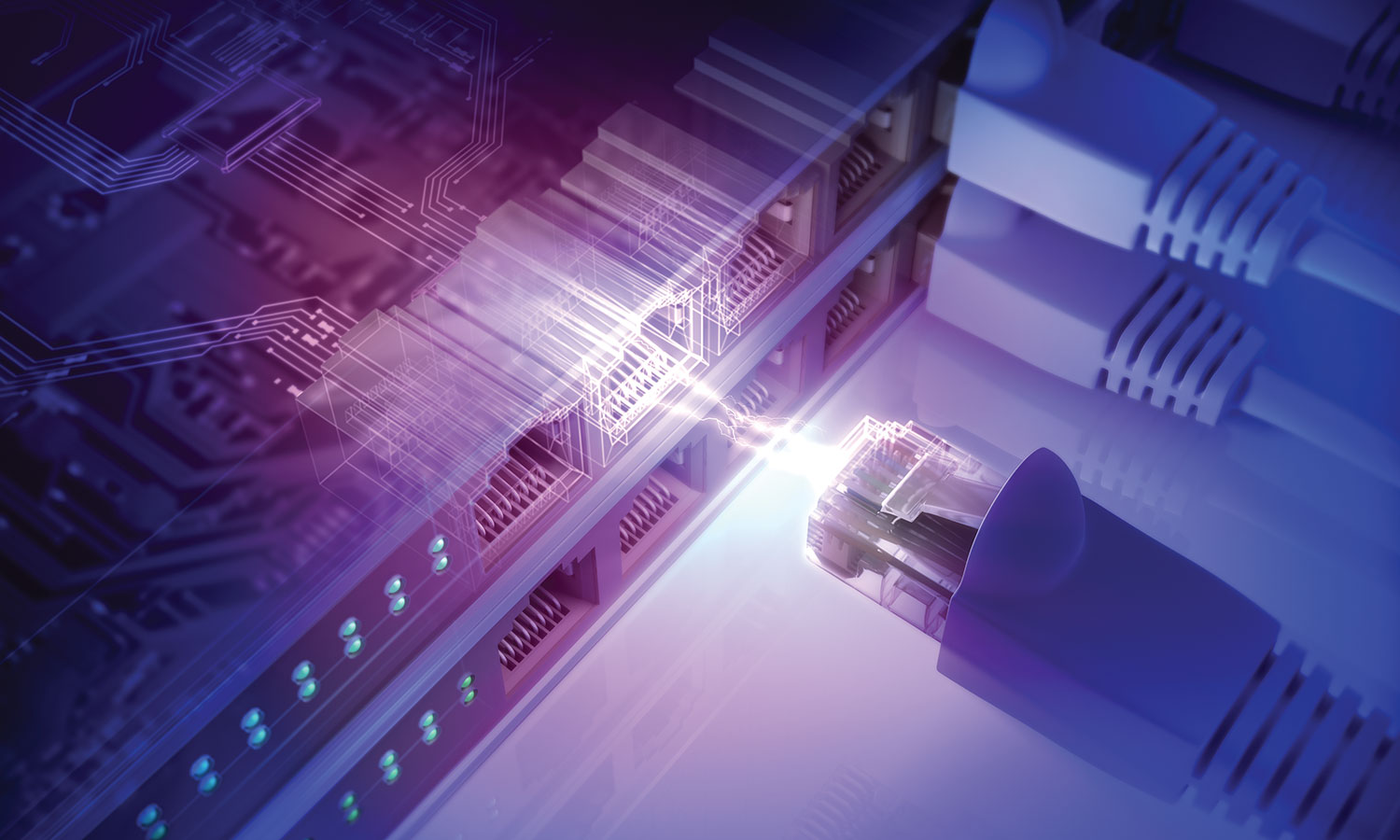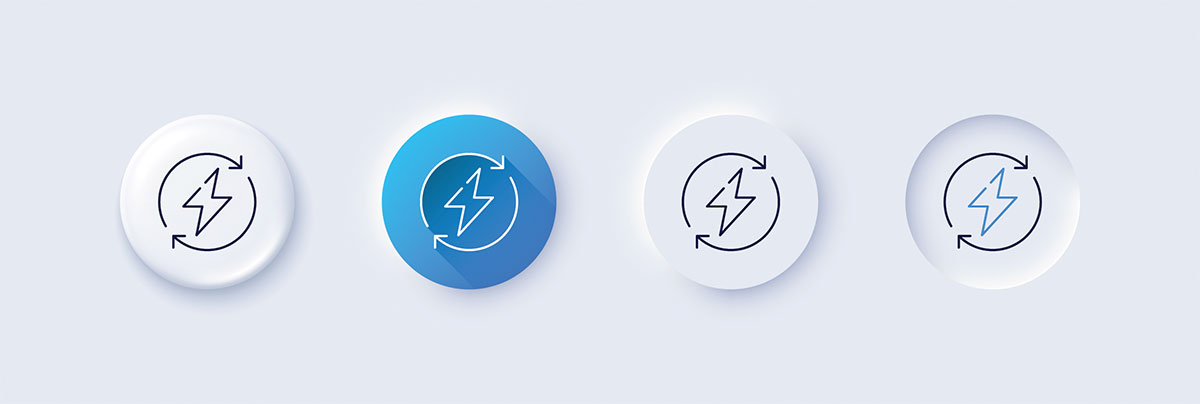The rise of Power Over Ethernet (PoE) technologies and ever-evolving power delivery capabilities have transformed the building environment inside and out over the last two decades. From the first IP phones to today’s wireless access points, video conferencing systems, and security cameras, these are only some of the changes we have been exposed to.
by Antoine Pelletier, Project Engineer – ICT Equipment, Cabling Products
IEEE 802.3btTM
The IEEE 802.3btTM standard was published in late 2018 and increased the power delivery beyond 90 W at the Powered Device (PD). This represents a substantial change to the capabilities of Ethernet with standardized power and allows higher power delivery under the newer Type 3 and Type 4 for 51-60 W and 70-91 W, respectively.
An entire standardization ecosystem evolved alongside the IEEE 802.3btTM standard development, giving birth to the newer “-LP” (Limited Power) designation on communication cables as well as NEC changes in the 2017 code revision and the latest 2020 version. The optional -LP designation is per the UL 444 / CSA 22.2 No. 214 harmonized standards and is always followed by the maximum permissible current per conductor between 0.5 A and 1.0 A for that cable, ex: -LP(0.7A). Compliance with this test assures that the heat generation of a 192-cable bundle in conduit remains within the permissible requirements. The “-LP” testing is done in conjunction with full cable safety listing such as a c(ETL)us listing for communication cable (CMP, CMR, CM, etc.), and the corresponding rating is required to be marked on the cable print legend.
NFPA 70
NFPA 70, also known as the National Electrical Code (NEC) in the U.S., recognizes the -LP designation as a means to comply with its requirements. It further sets forth an ampacity table (Table 725.144) that provides an alternate way to determine compliance.
In conjunction with the regulatory standards of UL, CSA, and NFPA, several other committees contribute to the entire PoE standardization ecosystem by writing performance requirement standards. Please note that compliance to the following set of standards is not required by the code, but it does provide added assurance that the products will perform as expected.
ANSI/TIA-568.2-D-2 & ISO/IEC 11801-1
Standards that govern the performance of the entire channel between the Power Sourcing Equipment (PSE) and the Powered Device (PD) have been published: ANSI/TIA-568.2-D-2 by the Telecommunications Industry Association (TIA) (August 2020), and ISO/IEC 11801-1 by the International Organization for Standardization (ISO) (November 2017). Both align with the requirements of IEEE 802.3btTM for DC resistance and DC resistance unbalance. Compliance with the DC resistance unbalance requirements helps prevent adverse effects on the electronic equipment connected to the cable.
TIA-TSB-184-A & ISO/IEC TS 29125
The TIA and ISO also published TIA-TSB-184-A (March 2017) and ISO/IEC TS 29125 (April 2017), providing guidance and recommendations for the installation and management of twisted-pair copper cables that will support the supply of direct-current (DC) power to networked devices and carry data to those devices. The aim is to minimize the temperature rise in groups or bundles of cables that support DC power delivery.
IEC 60512-99-002
Connecting hardware reliability is further assured through the efforts driven by the International Electrotechnical Commission (IEC), published IEC 60512-99-002 in March 2019. This standard is focused on assuring the quality of the connection points after being subjected to multiple disconnections while under PoE operation.
Altogether, the standardization ecosystem aims for safe and proper deployment of the newer technology through safety and performance tests.
Once essential standards are published, several key players deploy efforts to make the world a better and safer place.
- Manufacturers design and validate their products for safety and quality through industry standard compliance.
- Independent test laboratories provide third-party assurance that products comply with the necessary standards through testing.
- Project owners and designers choose products that are compliant with the proper standards.
- AHJs oversee new and existing installations to ensure that properly safety listed products are used and deployed in accordance with applicable codes.
Participants coming from all the above groups take part in the various standard committees listed above. Today’s standards writing bodies are required to be composed of individuals coming from different industry segments, which may also be referred to as the “balance requirement.”
All of us together own the technology from its inception and standard development up to its proper deployment in the field in order to make the world ever better.











Find Us on Socials